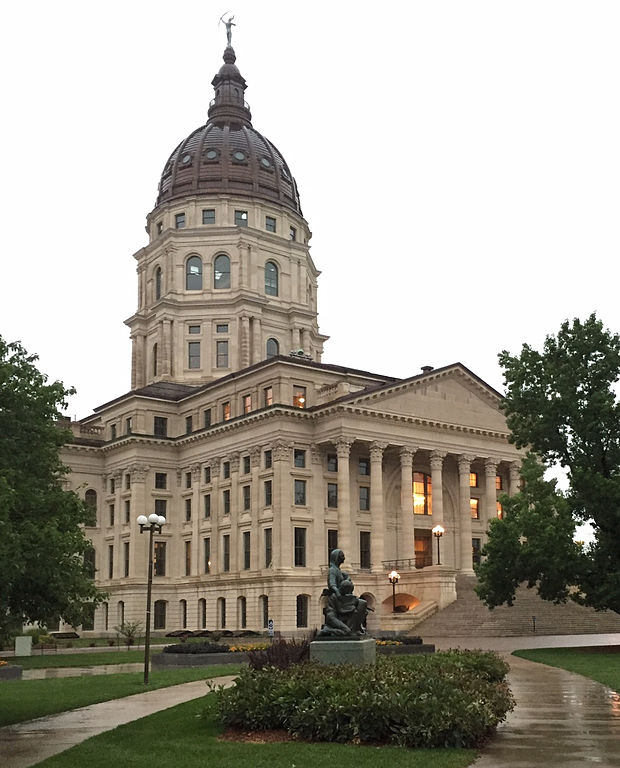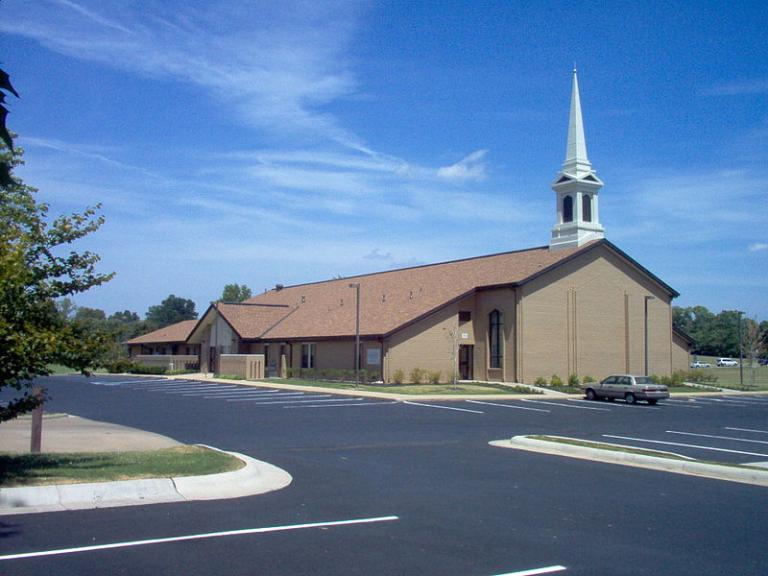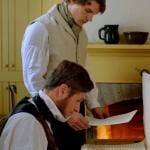
Wikimedia Commons public domain image
We’re drawing ever nearer to Easter season or, as Claudia Bushman prefers to call the holiday itself, to “Resurrection Day.” I have long wished that Americans and/or Latter-day Saints paid more serious and sustained attention to this holiday. So I may make some efforts here, in my inescapably limited way, toward encouraging such attention. I was pleased, recently, to see this article: “See which new hymns to use for Easter worship: Find out more about 3 new Easter-specific hymns and several other new releases”
On a loosely related note: About four months ago, McKay Starr, who sometimes comments on this blog, shared a quotation from President Gordon B. Hinckley that he really likes — and that I also like very much. I came across his quotation from President Hinckley again today while looking for something else, and I thought it appropriate, as we draw near to the Easter season, to include it here:
Those of us who live in comfort and security seldom give any thought to death. Our minds are on other things. Yet there is nothing more certain, nothing more universal, nothing more final than the closure of mortal life. No one can escape it, not one.
I have stood at the tomb of Napoleon in Paris, at the tomb of Lenin in Moscow, and before the burial places of many others of the great leaders of the earth. In their time they commanded armies, they ruled with almost omnipotent power, their very words brought terror into the hearts of people. I have reverently walked through some of the great cemeteries of the world. I have reflected quietly and thoughtfully as I have stood in the military cemetery in Manila in the Philippines where are buried some 17,000 Americans who gave their lives in the Second World War and where are remembered another 35,000 who died in the terrible battles of the Pacific and whose remains were never found. I have walked with reverence through the British cemetery on the outskirts of Rangoon, Burma, and noted the names of hundreds of young men who came from the villages, towns, and great cities of the British Isles and gave their lives in hot and distant places. I have strolled through old cemeteries in Asia and Europe and yet other places and reflected on the lives of those who were once buoyant and happy, who were creative and distinguished, who gave much to the world in which they lived. They have all passed into the oblivion of the grave. All who have lived upon the earth before us are now gone. They have left all behind as they have stepped over the threshold of silent death. None has escaped. All have walked their way to “the undiscovered country from whose bourn no traveler returns” (Hamlet, act 3, scene 1, lines 79–80). Shakespeare so described it.
But Jesus the Christ changed all that. Only a God could do what He did. He broke the bonds of death. He too had to die, but on the third day, following His burial, He rose from the grave, “the firstfruits of them that slept” (1 Cor. 15:20), and in so doing brought the blessing of the Resurrection to every one of us. (See “He is Not Here, But is Risen,” from April conference, 1999.)

Tonight, in company with our granddaughter, we watched Julie Andrews as Cinderella in a 1957 black-and-white made-for-television movie version of the Rodgers and Hammerstein written-for-television musical . . . Cinderella. I had never before even suspected that such a thing existed, but my son found a DVD of it in the Orem public library.
The songs are good. They’re by Rodgers and Hammerstein, after all. (Our granddaughter stood up and danced through most of them.) They were familiar to me because we recently saw a somewhat different version of the musical onstage at The Ruth at dōTERRA., the still-new Utah Valley Hale theater (where, by the way, it will be playing into May). I may have seen it elsewhere, but this Julie Andrews version was entirely new to me.
While I was serving my mission in Switzerland, two of our sister missionaries ran into Ms. Andrews in (I think) either Bern or Luzern/Lucerne — I can’t now remember which it was — and they said that she was exceptionally kind and pleasant. In fact, unless I’m misremembering, she even treated them to lunch, or something like that. Which suggests to me that her public image as a good person is deserved. Perhaps not coincidentally, she has often portrayed good people. Goodness shines through.

Personally, I think that the best response to these pathetic and utterly classless idiots would be to ignore them. (What if they staged a sacrilegious spectacle and nobody paid any attention? Is planned and deliberate blasphemy really any fun if nobody cares?) I think, if I were a Catholic, I would attend a real mass at exactly that time. Perhaps second best would be to laugh at them and to mock them: “Group’s Plans for ‘Black Mass” at Kansas Statehouse Prompt Widespread Outcry.” What do you think? If I were a wealthy Catholic, I might announce that I would make a ten thousand dollar donation to the Catholic Church, or to some Catholic charity, for every actual “Satanist” who showed up for this silliness.

It takes energy and real dedication to remain perpetually indignant at theism and theists. Happily, though, for those who have chosen to invest the effort to do so, I’m here to help. The link immediately following, for example, will tell you of an abomination, retrieved from the Christopher Hitchens Memorial “How Religion Poisons Everything” File™, that I fear that many might otherwise have missed: “How the Church is working to reduce water usage by millions of gallons in 2025: Current efforts in the western United States estimate saving 500 million gallons of water.”












